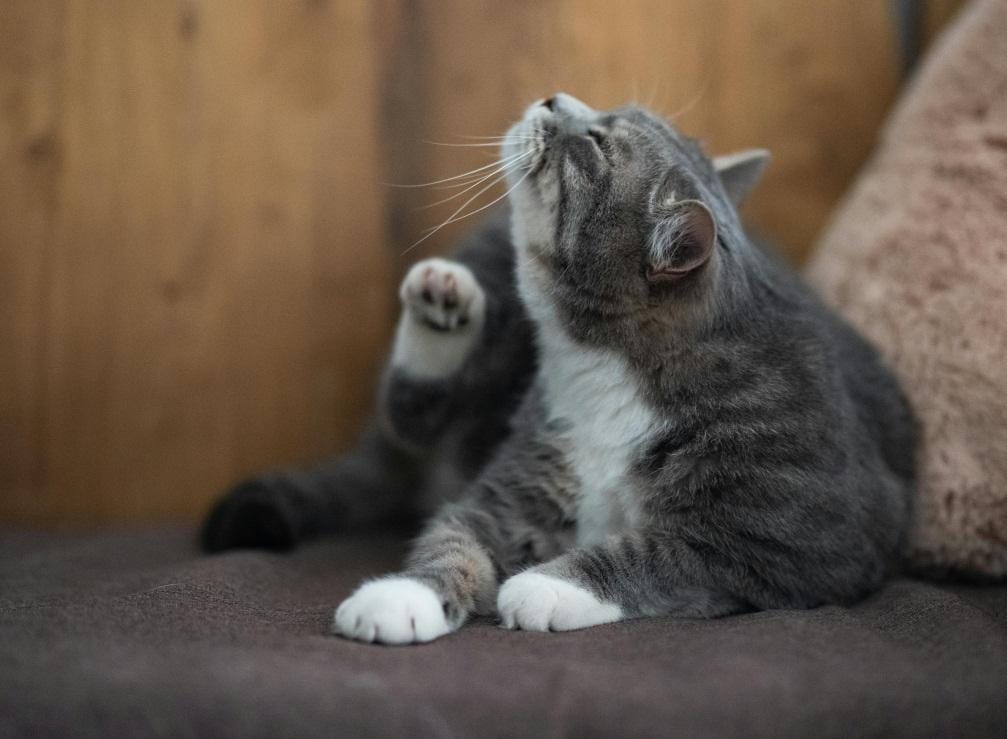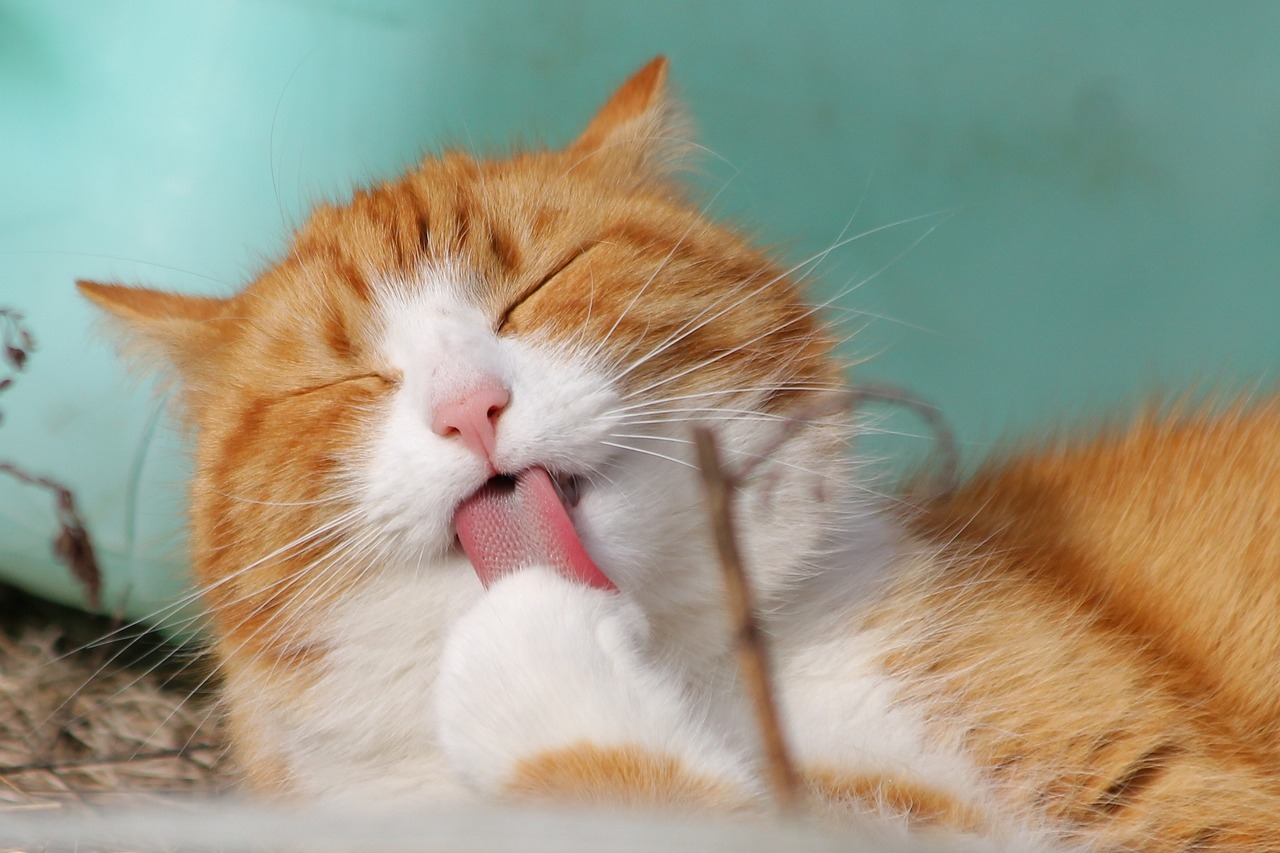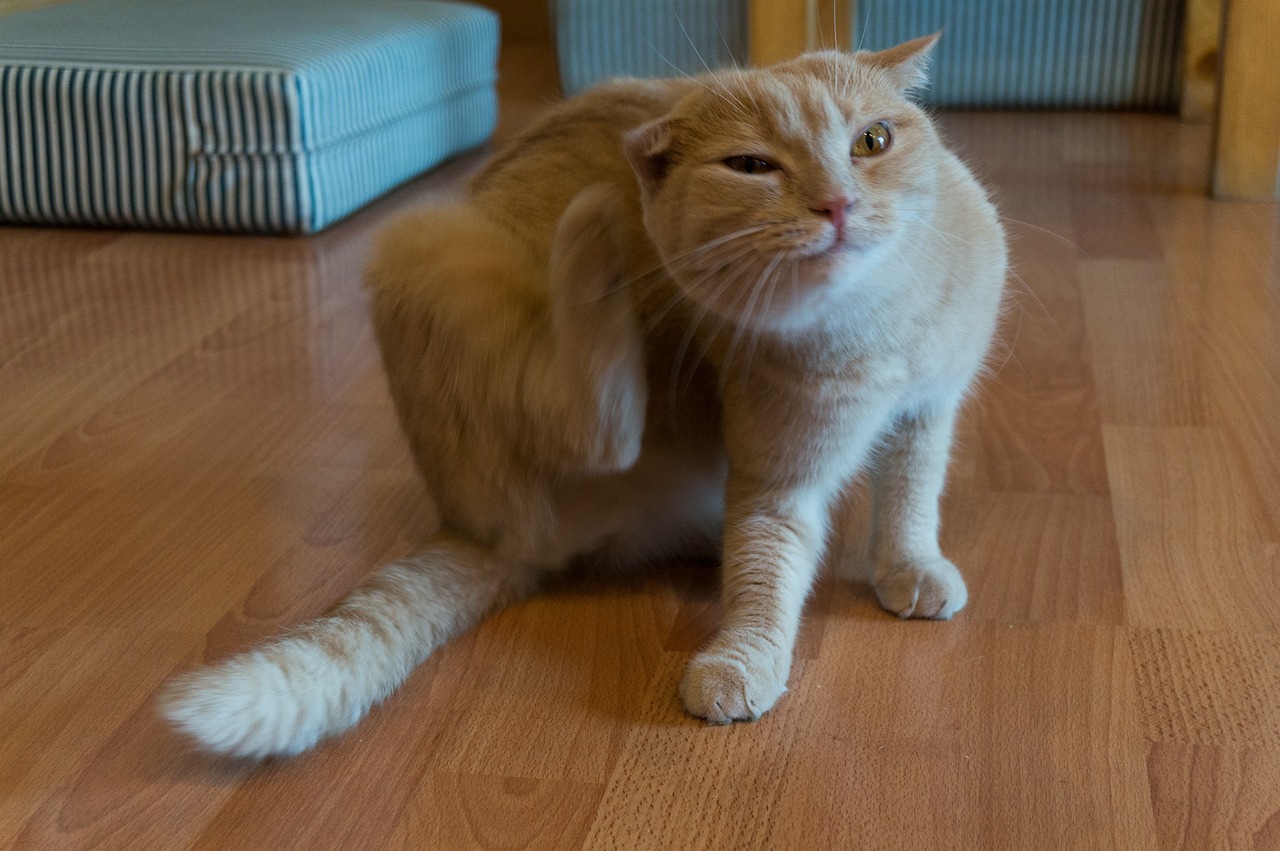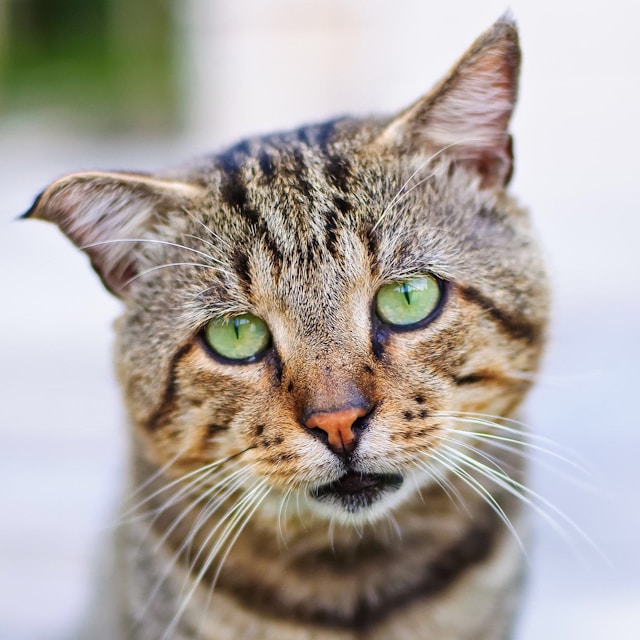Burmilla
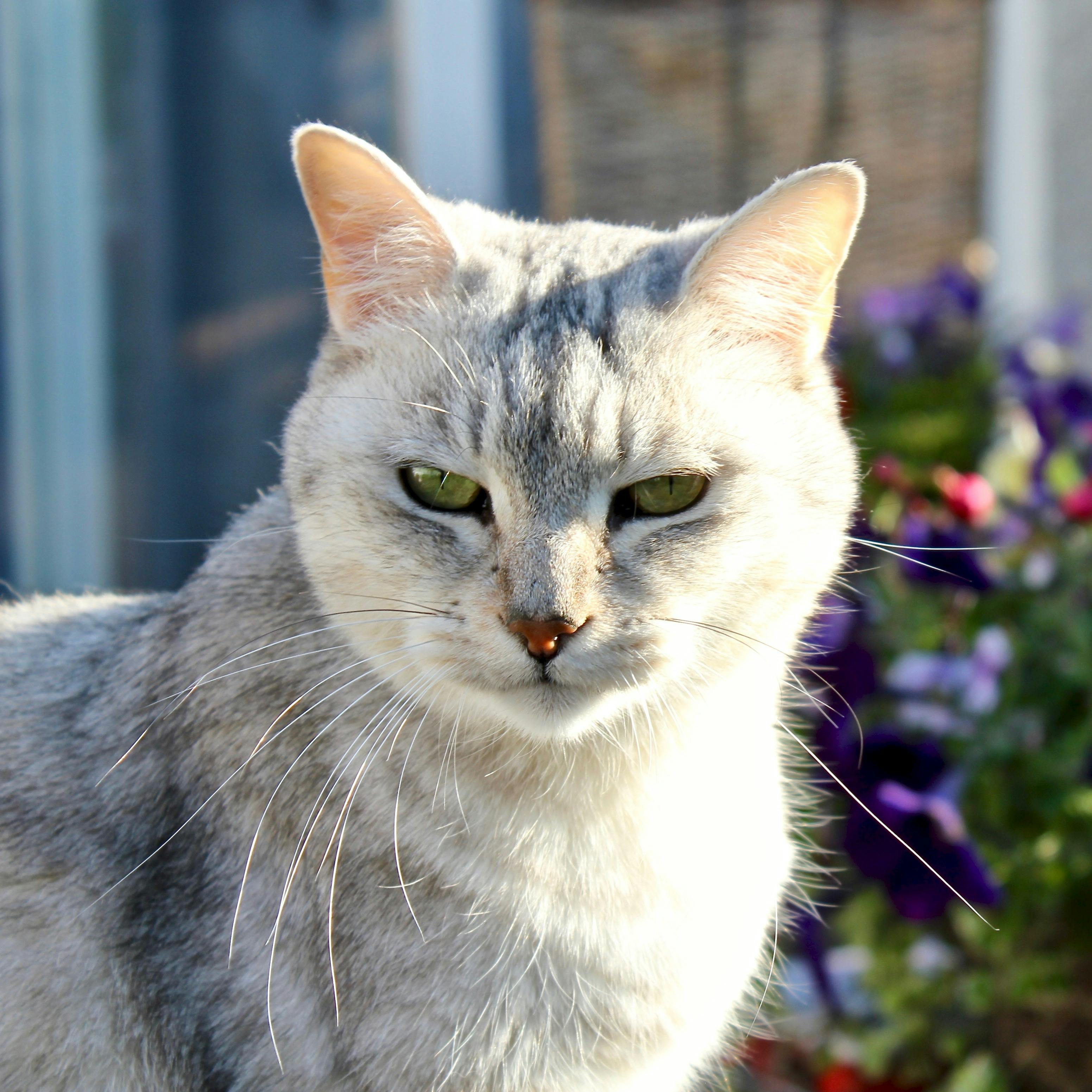
| OFFICIAL NAME | Burmilla |
| COMMON NAME | Burmilla |
| PET HEIGHT | 10 to 12 inches |
| PET WEIGHT | 6 to 13 pounds |
| LIFESPAN | 7 to 12 years |
| GOOD WITH | cats, children, dogs, families, seniors |
| TEMPERAMENT | affectionate, bold, sociable |
| INTELLIGENCE | high |
| SHEDDING AMOUNT | infrequent |
| PLAYFULNESS | high |
| ENERGY LEVEL | active |
| VOCAL LEVEL | infrequent |
| COAT LENGTH | long, short |
| COLORS | black/ebony, blue/gray, chocolate/ brown /sable, cream/beige/tan, lavender/silver, red/orange, white |
| OTHER TRAITS | easy to groom, easy to train, friendly toward humans, friendly toward other pets, friendly toward strangers, good for first-time pet owners, good lap cat, high potential for weight gain, strong loyalty tendencies, tolerates being picked up |
| PATTERNS | color point |
Burmillas are renowned for being social, affectionate, and laid back. Their distinct heritage, which blends the playful spirit of the Burmese with the elegance of the Chinchilla Persian, gives them a lovable, laid-back personality.
Burmilla Appearance
The Burmilla is a gorgeous cat with silky fur and an athletic, medium-sized body that feels unexpectedly robust. Men weigh slightly more than women, with average weights ranging from 6 to 13 pounds. Their smooth, glossy coat, enhanced by the unique black outline around their noses and eyes, is one of their most distinguishing characteristics. Their eyes seem glitzy and prepared for a night out, thanks to this dark "eyeliner" look. Though they might darken as the cat ages, their vivid green eyes are especially striking.
Burmilla coats are available in various colors, including silver, black, blue, brown, cream, lilac, red, and even tortoiseshell or point patterns. They can be worn long or short. Although burmillas come in various colors, their glossy coats with silver tips are the most commonly identifiable feature.
Burmilla Personality
The Burmilla cat is precisely the right mix of playful and easygoing. You should anticipate some mischievous behavior from them throughout their lives, as they frequently carry on with their kitten-like behavior long into adulthood.
Even though these perceptive and clever cats occasionally get into problems, it adds to their allure. Burmillas are drawn to their families' attention and affection like most cats. They are excellent companions for people and kids of all ages because they are kind, loving, and playful. But it's crucial to instill in children the virtue of kindness toward their pets. Cats do not necessarily enjoy rough handling, even if they do tolerate it. Teach kids to respect the cat's space and to pet them gently.
Burmillas enjoy human company and a family environment. They generally get along well with kids, dogs that are friendly to cats, and other cats. They are social creatures who value independence and don't require nonstop entertainment.
Burmilla Living Needs
Burmillas adore spending time with their preferred human companions. Because of their intelligence, they yearn for recognition and connection. They require a lot of affection and interaction, even though they invariably won't meow for attention. The ideal owner of a Burmilla should be open to lots of play and one-on-one time.
These laid-back felines get along with nearly everyone; they make excellent companions with dogs, other cats, strangers, and kids. Burmillas are affectionate but not overly needy. Allowing them time to themselves is important because they value their alone time. But don't leave them alone for too long—without enough social interaction, they may become agitated and bored. A peaceful, steady home with ongoing company is ideal for a Burmilla.
Despite being primarily indoor cats, burmillas can enjoy leash-free outdoor exploration. They are heat-sensitive, so keep them inside where it's cool during hot weather. Be ready for some antics from burmillas, as they tend to be clumsy and enjoy climbing. Please provide them tall cat trees, shelves, and hammocks to explore, relax, and secure loose trinkets. This will provide amusement and happiness for your Burmilla.
Burmilla Care
Whether your Burmilla has long or short hair, grooming her is simple. Although both coat types can become somewhat tangled, serious knots should be avoided by brushing her once a week. A stainless-steel comb works great for this. You will also need to regularly take care of her dental hygiene, clean her ears, and trim her nails.
Burmillas play vigorously for short periods before taking lengthy naps, which is a typical cat fitness regimen. Give her interactive toys, cat trees, and one-on-one playtime to keep her active. Burmillas require meat to stay healthy, just like any other cat. Although commercial dry cat food typically has all the nutrients needed, since canned food is primarily made of water, it's a good idea to add some to it.
Cats must drink much water to avoid kidney disease as they age. Ensure your cat has access to clean, fresh water at all times. Purchasing a cat fountain can be an excellent means of encouraging her to consume more fluids.
Burmilla Health
Burmilla cats have a lifespan of seven to twelve years and are generally healthy. However, they may be more vulnerable to certain medical conditions, such as allergies and kidney issues. Ensure your Burmilla gets yearly checkups at the vet to ensure her health. These routine checkups help guarantee her continued health by identifying problems early on.
Burmilla Exercise Requirements
Like any other pet, Burmilla cats require exercise to be healthy and happy. Cats are naturally active creatures, but playing with them is a beautiful way to increase their level of exercise and deepen your bond. To keep them occupied, use interactive toys and consider putting up cat trees or shelves. Your Burmilla will remain mentally and physically stimulated with these activities.
Burmilla Training
The intelligent and easily trainable Burmilla breed enjoys learning new things. They typically adapt to using litter boxes and scratching posts with little difficulty. Socializing your Burmilla early and gently is essential so they feel safe and comfortable. They usually make amiable and gregarious companions when introduced to new people and animals early.
Burmilla History
According to the Cat Fanciers' Association, the Burmilla breed started in the UK in the 1980s. Surprisingly, it wasn't deliberately bred. An unintentional mating between a Burmese cat and a chinchilla Persian cat—known for its silver coat—produced the first Burmilla. The owner of these parent cats, Baroness Miranda Von Kirchberg, was enthralled with the resulting kittens because of their soft dispositions and thick coats.
The Burmilla breed was developed and preserved after this unintentional finding. Even though breeding organizations have only recently begun recognizing it, the Burmilla is still rare.
Burmilla Fun Facts
The Cat Fanciers' Association has officially recognized the Burmilla as their newest pedigreed breed.
The origins of the breed are highly coincidental. A supposed neutered Persian chinchilla unintentionally mated with a female Burmese cat.
To create a "Full Burmilla," breeders follow four generations of steps. Every litter's kittens are meticulously bred back together with Burmese cats until they fulfill the precise requirements of the breed.
Get insurance plans with wide-ranging coverage options








